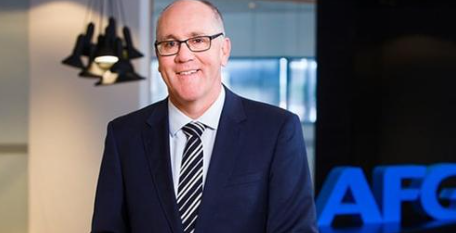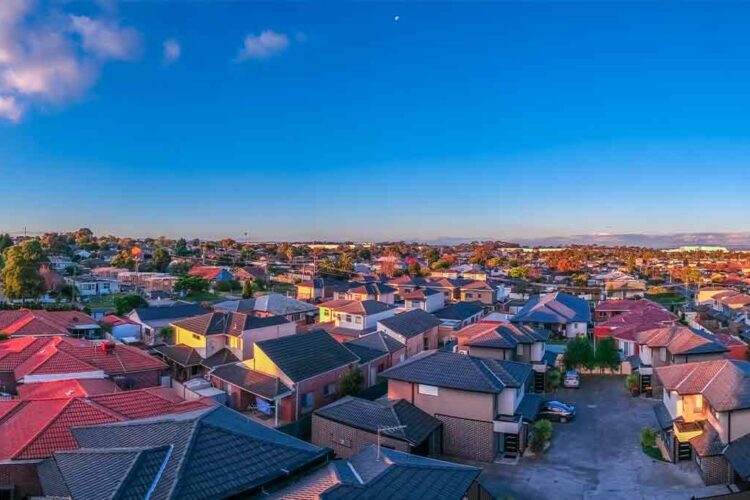The release of the Australian Bureau of Statistics’ (ABS) latest Consumer Price Index (CPI) yesterday (11 January), which covers November 2022, has resulted in one industry leader imploring the Reserve Bank of Australia (RBA) to pause interest rate increases.
According to the latest figures, the monthly CPI indicator rose 7.3 per cent in the 12 months to November last year. While this is marginally up on the 6.9 per cent recorded in the year preceding October, it equalled September’s CPI result and remains below both the budget’s forecast of 7.75 per cent and the RBA’s 8 per cent forecast.
Real Estate Institute of Australia president Hayden Groves noted this pointed to the monthly CPI figure peaking, with the sustained decline in inflation predicted by the RBA in its December 2022 minutes may have begun.
He believes that the latest data means “it is time for the RBA to ease up on its interest rate hikes at its first meeting in 2023 in February”. Adding “at that time, it will have the December quarter figures for the CPI [available]”.
CPI readings increased for transport — up to 9 per cent from 7.4 per cent in November — as well as food and non-alcoholic beverages, jumping to 9.4 per cent as opposed to October’s 8.9 per cent, among others.
Despite housing reporting the most significant price rise in the November CPI, up 9.6 per cent in the 12 months to November, it is noteworthy that the asset classes reading fell from 10.5 per cent in October, led by an easing in the rate of new dwelling price growth, which declined to 17.9 per cent in the 12 months to November as opposed to 20.4 per cent during the year preceding October.
ABS head of price statistics Michelle Marquardt explained “the housing group was the main contributor to the annual increase in the November monthly CPI indicator”.
Adding “high labour and material costs contributed to the annual rise in new dwelling prices, although the rate of price growth for new dwellings has eased compared to the 20.4 per cent annual rise seen in October”.
Furthermore, Mr Groves detailed “rent prices increased further this month from an annual increase of 3.5 per cent in October to 3.6 per cent in November, reflecting the continuing tight market and low vacancy rates,” which follows from CoreLogic’s recent findings which revealed Australian rents hit record highs throughout 2022.


